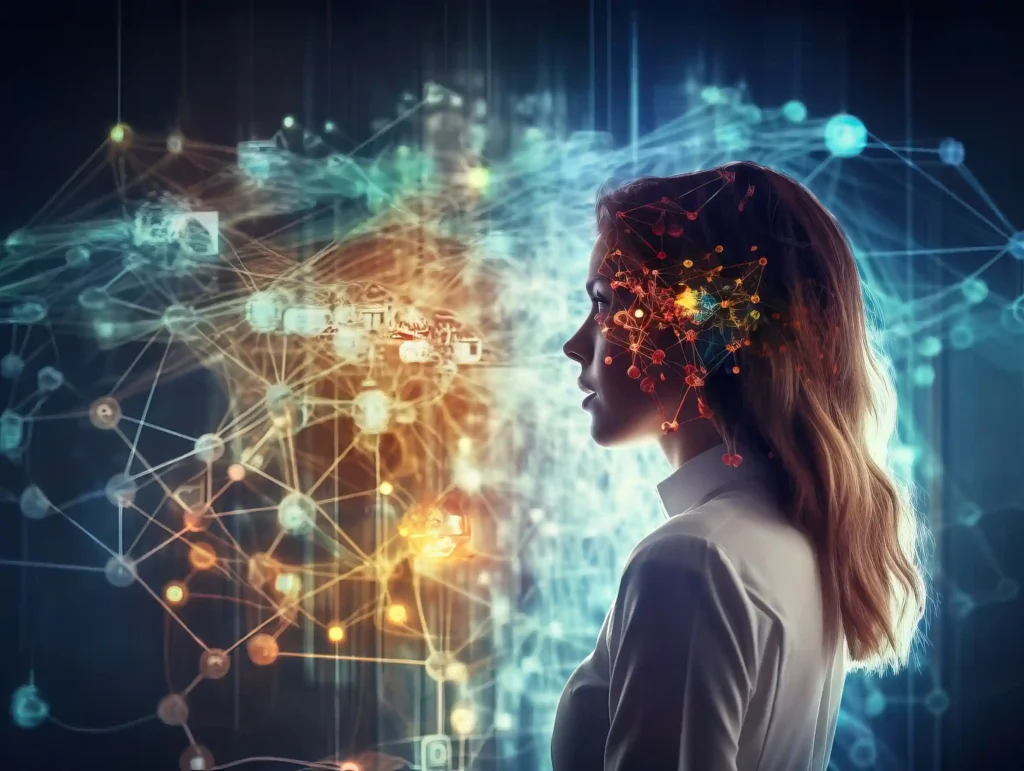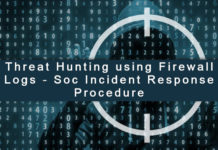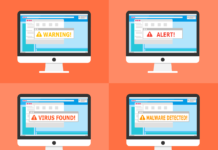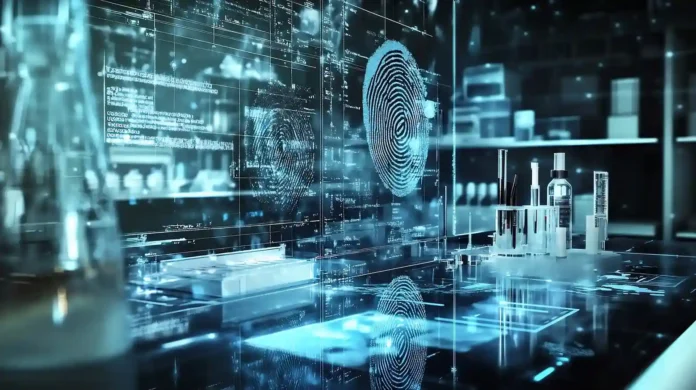Cybercrime is growing fast. More people and businesses are getting targeted through computers, phones, and the internet. These crimes include stolen data, fake websites, and attacks on computer systems. Finding the people behind these actions is not easy. That’s where artificial intelligence, or AI, becomes helpful. AI can spot attack patterns, track down clues, and speed up investigations in ways humans alone cannot.
What Makes Cybercrime Hard to Solve
Crimes that happen online are very different from those that happen in person. A thief who breaks into a house leaves behind fingerprints or is caught on camera. A cybercriminal may be halfway across the world and use fake names or hidden networks.
Many cyber incidents happen quietly and affect thousands of people at once. Hackers steal credit card numbers, personal information, or company secrets. They often use tools that hide their identity or location. This makes it hard for police or security teams to track them down. With so much data involved, it takes more than just human effort to make sense of everything.
How AI Helps Spot Threats
AI can quickly look through huge amounts of data to find anything strange. It can notice odd behavior, like someone trying to log in to a system at an unusual time or from a new place.
For example, if a user’s computer starts sending out lots of emails suddenly, AI may flag it as a possible threat. It compares the behavior to known patterns of cyberattacks. This early warning gives security teams time to check what’s happening and take action.
AI in Digital Evidence Collection
When a cybercrime happens, investigators need to find proof. This may include emails, messages, files, or website logs. AI tools help by organizing this information and picking out the parts that matter most.
Let’s say a case involves online fraud. AI can search through emails to find fake invoices or track how money was moved from one account to another. Instead of spending weeks on this work, investigators can get results in hours. AI helps them stay focused and not miss key details.
According to ShadowDragon and other providers of digital tools, getting the right answers often comes down to using better data and asking better questions. With these two steps, human experts can trace connections faster and find leads that would otherwise remain hidden.
Stopping Attacks Before They Happen
AI is also useful for preventing cybercrimes. It can look at systems and point out weak spots that hackers might try to use. Fixing these problems early keeps systems safer.
In cybersecurity companies, AI can monitor how workers use their devices and networks. If someone clicks a bad link or sends sensitive data to the wrong place, the AI can alert the team or block the action. This kind of quick response can stop damage before it spreads.
Helping Police and Investigators
Police departments and other agencies use AI to find links between crimes and suspects. They work with databases that include phone records, emails, or online activity. AI helps connect the dots faster than people can.
In some cases, AI can even help identify people using facial or voice recognition. If a cyber criminal posts a video while hiding their face, the background sounds or voice patterns may still offer clues. These tools don’t replace investigators, but they make the process smoother and faster.
Problems That Come With AI
AI isn’t perfect. Sometimes, it gives false alarms. A normal action may be flagged as a biggest threat, which wastes time. In other cases, AI may miss a real danger if the system doesn’t have enough good data to learn from.
Privacy is another issue. Some people worry that AI could be used to watch too closely or gather data from innocent people. Clear rules are needed to make sure AI is used fairly and only when necessary.
Bias in AI systems is a serious concern. If the system is trained using unfair or one-sided data, it may make bad judgments. For example, if most past cases focus on a certain group, the AI might wrongly target people from that group more often. Developers and investigators must test systems carefully and adjust them to prevent harm.
Why Human Skills Still Matter
Even with AI, human knowledge is still important. Cybercrime cases often include legal questions, interviews, and tricky decisions. AI can help sort through data and point out possible clues, but trained professionals must decide what steps to take next.

When people and machines work together, the results are much better. Investigators can focus on making smart choices while AI handles the hard work of sorting through information. This teamwork leads to faster results and fewer mistakes.
What the Future Looks Like
AI will likely play a bigger role in the fight against cybercrime. Future tools may be able to detect deepfake videos, fake voices, or new forms of scams that haven’t been seen before.
Still, better AI systems will need proper testing, strong laws, and trained teams to use them well. With the right balance, AI can help make online spaces safer for everyone.
Conclusion
AI brings new tools to the world of cybercrime investigations. It helps find threats faster, gathers evidence more easily, and supports law enforcement in big ways. While it can’t replace human cybersecurity experts, it works well as a partner. When used responsibly, AI can stop social engineering attacks and protect people before damage is done. As cyber threats continue to grow, smart use of AI will be key to staying ahead.



































